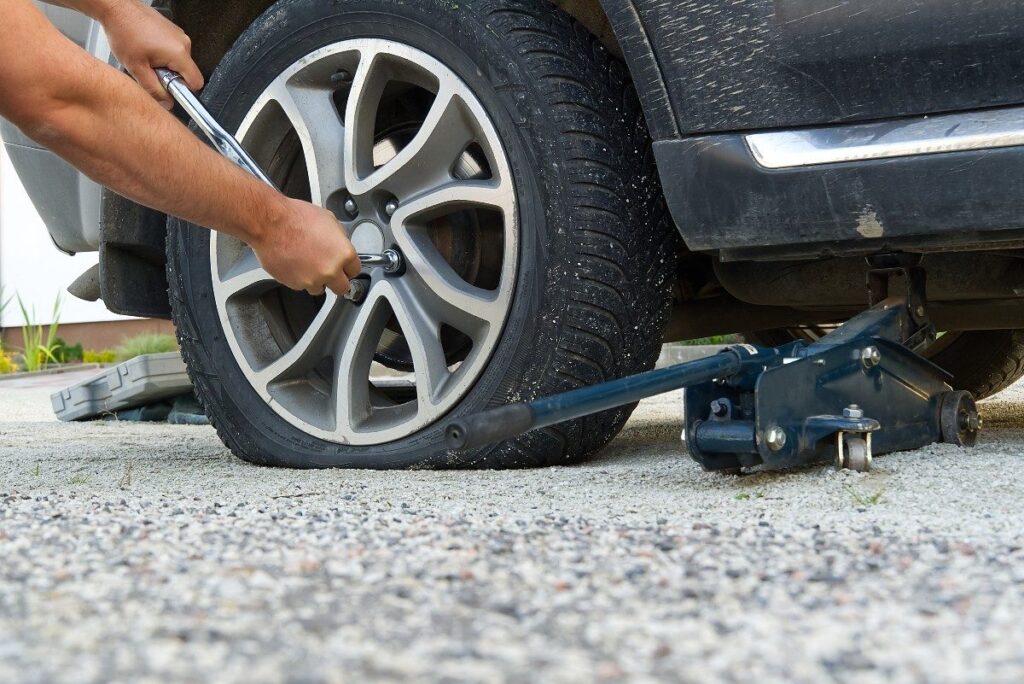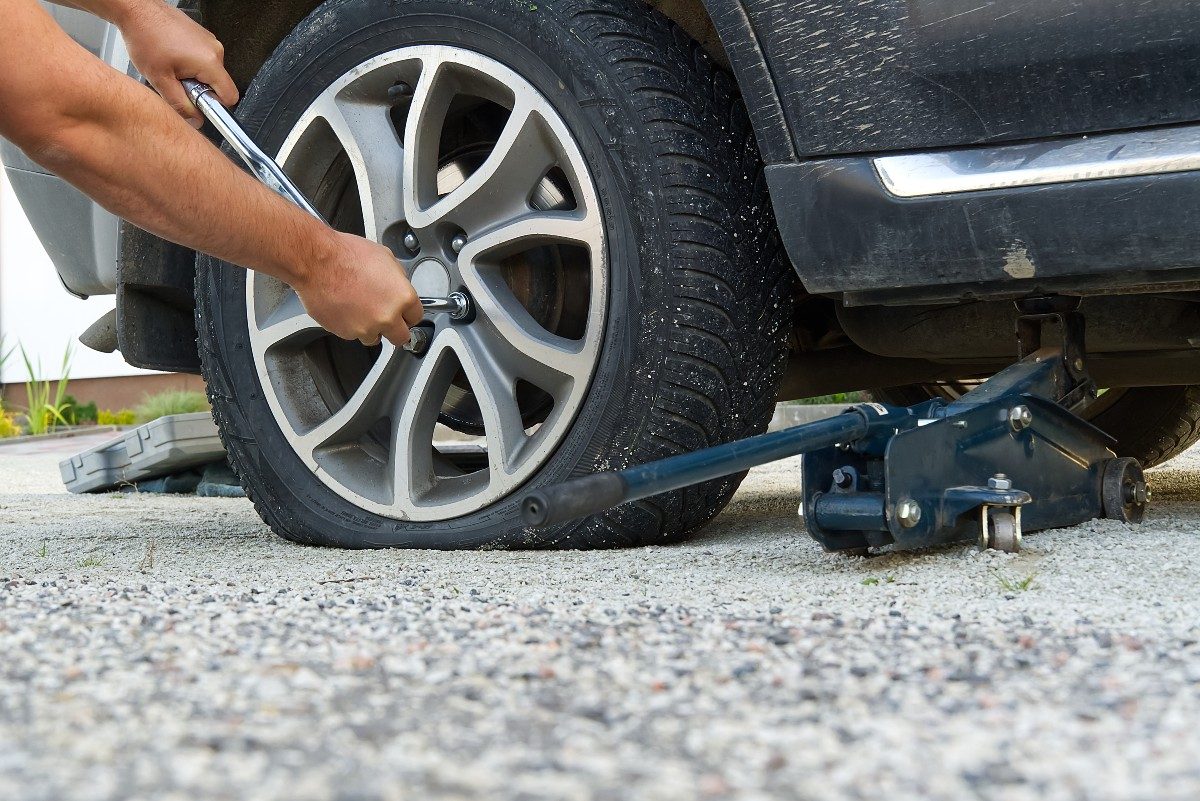
Shattering the Waiting Game: Proven Strategies to Reduce Your Tire Change Waiting Time
The dreaded tire change. A necessary evil, a disruption to your day, and often, a significant chunk of your precious time evaporates while you wait. Whether it’s a seasonal swap, a flat repair, or a complete tire replacement, the hours spent in a waiting room can feel like an eternity. But what if you could reclaim those lost hours? This article delves into practical, actionable strategies to significantly reduce your tire change waiting time, turning a potentially frustrating experience into a streamlined, efficient process.
We’ll explore the factors contributing to long wait times, from shop logistics to customer behavior, and then provide concrete solutions to empower you, the driver, to take control. Get ready to say goodbye to extended waiting and hello to a faster, more efficient tire service experience.
Understanding the Tire Change Bottleneck
Before we dive into solutions, it’s crucial to understand why tire change waiting time often feels excessive. Several factors contribute to this, often working in tandem to create delays. Recognizing these bottlenecks allows us to target our efforts effectively.
- Shop Volume and Scheduling: Tire shops, particularly during peak seasons (spring and fall), experience a surge in demand. This can overwhelm their capacity, leading to longer wait times for both scheduled appointments and walk-in customers. Efficient scheduling is key, but even the best systems can be strained during periods of high volume.
- Staffing and Skill Levels: The number of technicians available and their level of expertise play a critical role. A shop with inadequate staffing or technicians unfamiliar with certain tire types or vehicle models will naturally take longer to complete the work.
- Inventory Management: Delays can arise if the specific tires you need aren’t readily available. Poor inventory management, leading to backorders or delays in tire delivery, directly impacts your tire change waiting time.
- Complexity of the Job: Some tire changes are inherently more complex than others. Vehicles with specialized wheels, TPMS (Tire Pressure Monitoring System) sensors, or requiring extensive work (e.g., rim repair) will naturally take longer.
- Customer Behavior: While less directly impactful, customer actions can also contribute to delays. This includes arriving late for appointments, providing incomplete vehicle information, or requesting additional services at the last minute.
Pre-Appointment Preparation: Your Secret Weapon
The most significant reduction in your tire change waiting time can be achieved through proactive preparation. This starts well before you even set foot in the tire shop. Consider these steps:
- Research and Choose Your Tires in Advance: Don’t wait until you’re at the shop to decide on the type of tires you need. Research online, consider your driving habits, and determine the appropriate tire size and type for your vehicle. This will save you valuable time at the shop.
- Schedule Your Appointment Online or by Phone: Avoid the walk-in rush by scheduling your appointment in advance. Many shops offer online booking systems, allowing you to choose a convenient time. This ensures that a bay and technician are ready for you.
- Provide Complete Vehicle Information: When scheduling, provide accurate information about your vehicle make, model, year, and any specific requirements (e.g., TPMS, run-flat tires). This helps the shop prepare in advance and ensures they have the right equipment and expertise on hand.
- Prepare Your Vehicle: Before your appointment, ensure your vehicle is accessible. If you have locking lug nuts, locate the key. Clear any personal items from the trunk and the area around the spare tire.
- Check for Pre-Existing Issues: If you suspect any issues with your wheels or tires (e.g., uneven wear, bulges), address them proactively. This will save you time during the appointment and potentially prevent unexpected delays.
Optimizing Your On-Site Experience
Even with pre-appointment preparation, there are steps you can take to minimize your tire change waiting time while you’re at the shop. These strategies focus on efficient communication and proactive engagement.
- Arrive On Time (or Even Early): Punctuality is paramount. Arriving on time, or even a few minutes early, allows the shop to start the work promptly and avoid disrupting the schedule.
- Confirm the Work Order: Before the work begins, double-check the work order to ensure all the requested services are accurate. This prevents misunderstandings and potential delays later.
- Communicate Clearly: Speak directly with the technician or service advisor about any concerns or requests. Clear communication is vital to avoid misinterpretations and ensure the job is completed to your satisfaction.
- Minimize Additional Requests: While it’s important to address any immediate needs, avoid requesting additional services at the last minute, which could significantly impact your tire change waiting time. If you need additional services, discuss them with the service advisor beforehand.
- Utilize the Waiting Time Productively: While you wait, take advantage of the opportunity to catch up on work, read a book, or make phone calls. Many shops offer comfortable waiting areas with Wi-Fi, making the wait more bearable.
Choosing the Right Tire Shop: The Foundation of Efficiency
The tire shop you choose significantly impacts your overall tire change waiting time. Selecting a reputable shop with efficient processes is crucial.
- Read Reviews and Ratings: Before choosing a shop, research online reviews and ratings. Look for shops with consistently positive feedback regarding speed, efficiency, and customer service.
- Inquire About Appointment Scheduling: Ask about the shop’s appointment scheduling process. Does it offer online booking? Are appointments typically honored promptly? The answers to these questions provide valuable insights.
- Assess Inventory and Tire Availability: Inquire about the shop’s inventory management and tire availability. A shop with a well-stocked inventory and efficient ordering system is less likely to experience delays.
- Consider Specialization and Technology: Some shops specialize in specific tire types or vehicle models. Others invest in advanced equipment to speed up the tire change process. Choose a shop that aligns with your vehicle’s needs.
- Evaluate the Waiting Area: While not directly related to speed, a comfortable waiting area with amenities like Wi-Fi, comfortable seating, and refreshments can make the wait more pleasant.
Troubleshooting Common Delays
Even with the best preparation, unexpected delays can occur. Here’s how to address some common issues and minimize their impact on your tire change waiting time.
- Tire Not in Stock: If the tires you need are not in stock, ask about alternative options or the estimated delivery time. Consider whether a different tire type or brand is suitable, or reschedule the appointment for a later date.
- Unexpected Mechanical Issues: If the technician discovers unexpected mechanical issues, discuss the problem and the estimated repair time. Determine whether you want the shop to address the issue or take your vehicle elsewhere.
- Long Wait Times Despite Appointment: If you experience long wait times despite having an appointment, politely inquire about the reason and the estimated completion time. If the delay is excessive, consider requesting a discount or seeking compensation.
- Communication Breakdown: If there’s a communication breakdown with the technician or service advisor, politely reiterate your requests and concerns. Ensure you understand the scope of the work and the estimated timeframe.
The Future of Tire Changes: Trends and Innovations
The automotive industry is constantly evolving, and tire change services are no exception. Several trends and innovations are poised to further reduce tire change waiting time in the future.
- Mobile Tire Services: Mobile tire services, which bring the tire change directly to your location, are becoming increasingly popular. This eliminates the need to travel to a shop, saving you valuable time.
- Automated Tire Changing Systems: Automated tire changing systems are being developed to streamline the process, reducing the time and labor required for tire changes.
- Advanced Diagnostic Tools: Advanced diagnostic tools can quickly identify tire-related issues, reducing the time spent on diagnosis and repair.
- Increased Online Integration: Online platforms are becoming more integrated, allowing customers to schedule appointments, select tires, and track the progress of their tire change in real-time.
Conclusion: Reclaiming Your Time
Reducing your tire change waiting time is achievable through proactive preparation, efficient communication, and choosing the right tire shop. By following the strategies outlined in this article, you can transform a potentially frustrating experience into a streamlined process. Remember to research your tires, schedule appointments in advance, communicate clearly with the shop, and choose a reputable service provider. Embrace the future of tire services, and reclaim your valuable time.
With a little planning and the right approach, you can significantly minimize the time spent waiting for your tire changes. So, the next time you need a tire service, remember these tips and enjoy a faster, more efficient experience. Your time is valuable, and you deserve a tire change process that respects it. Don’t let the tire change waiting time eat into your day. Take control and make the process work for you.
[See also: Related Article Titles]


